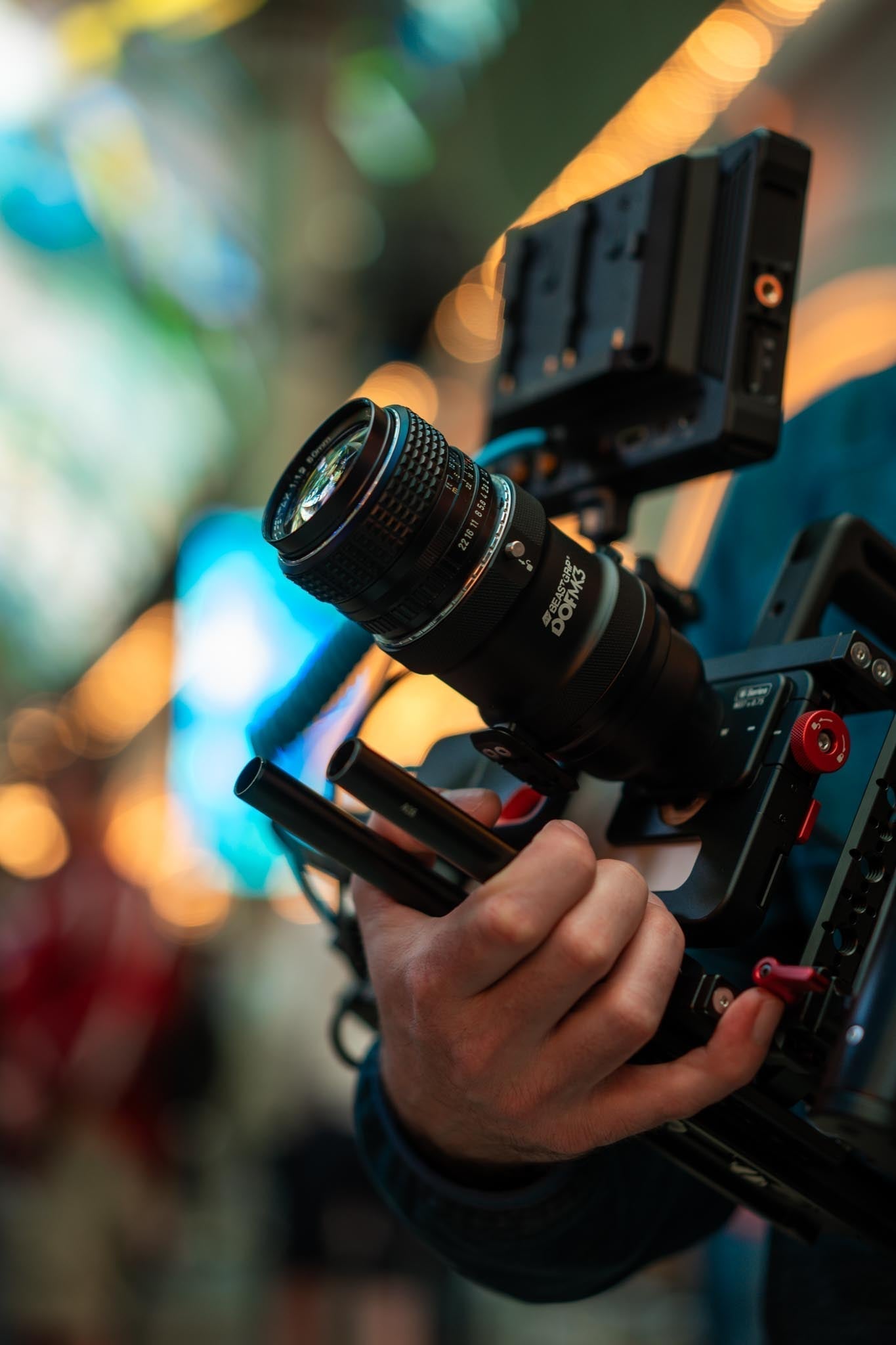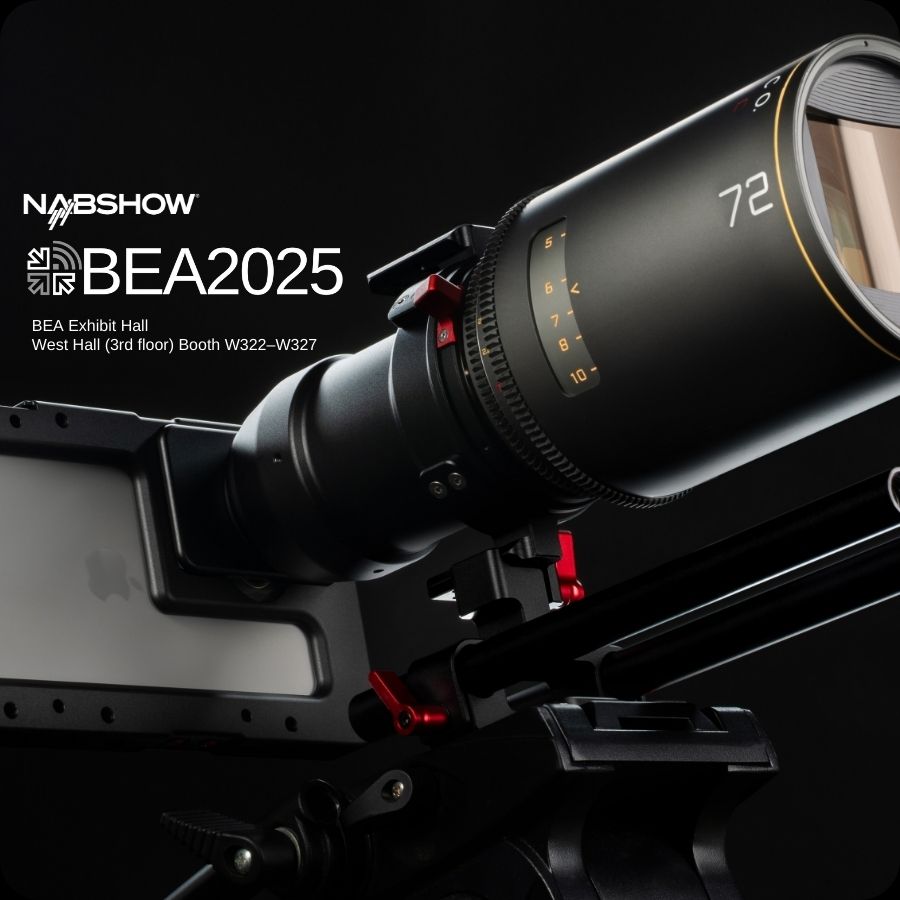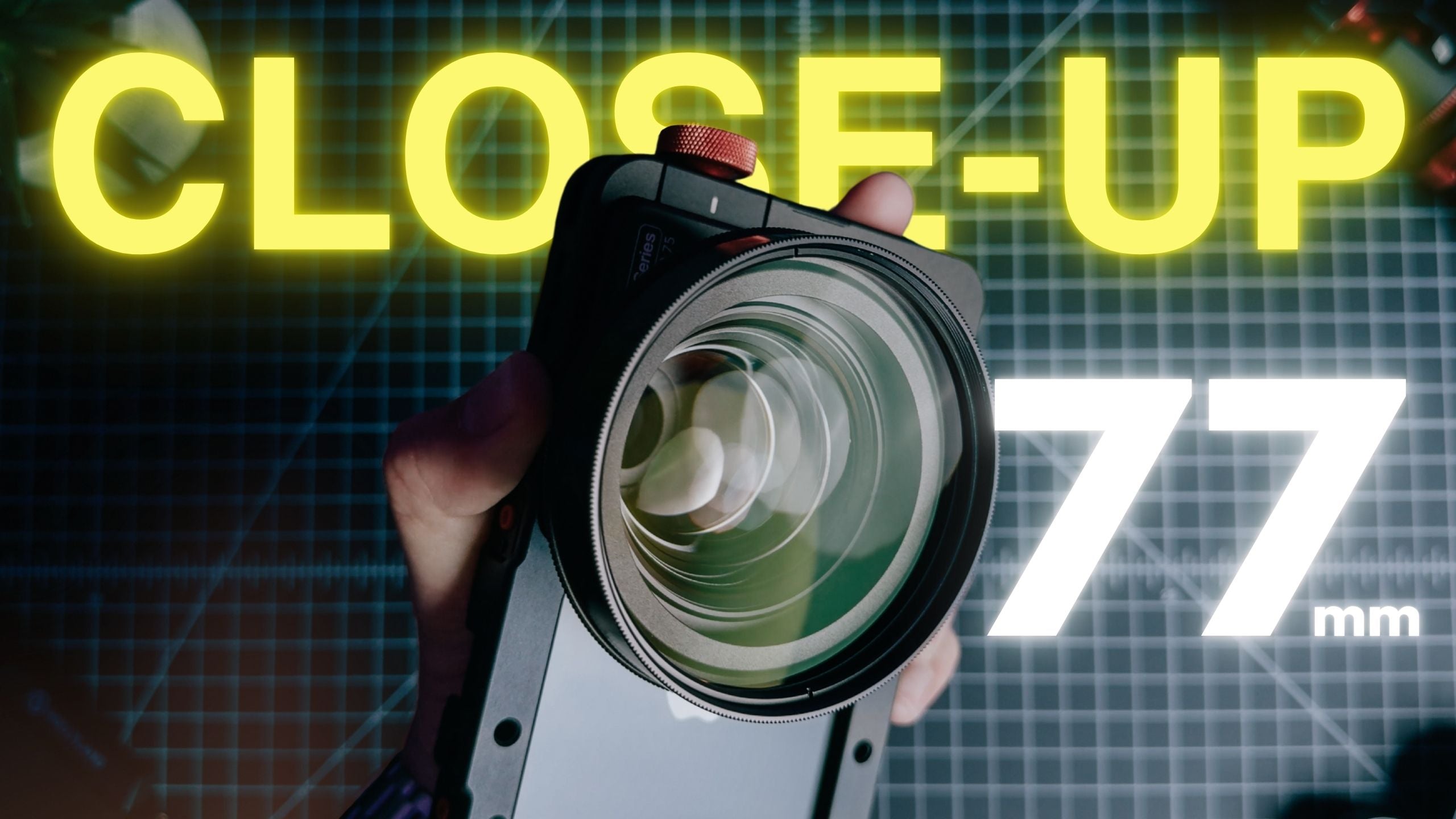If there's one aspect of journalism that's going to save the local news and broadcasting, it's storytelling. Everything comes down to that, it's full circle. - Mike Castellucci
----
With a long and exciting career in television and 20 Emmy awards under his belt, Mike Castellucci is arguably one of the most influential journalists of our generation. In 2015, he set out to prove that the art of storytelling doesn't require expensive cameras and film degrees by writing, producing, shooting and editing an award-winning half-hour special called Phoning It In that aired on broadcast television with his smartphone. The special received so much attention for its innovative "iPhone only" production style, that he released a sequel, titled Phoning It In: Life On An iPhone in January, and will have a sequel to that special later this year (below):
After watching him document other people's stories for years, we decided to reach out and learn about HIS story for a change. Below you'll hear his thoughts on storytelling, mobile filmmaking, and more!
BG: Did you always know that you wanted to be a journalist?
Mike: Actually, no [laughs]. I wanted to work in theater, but I quickly learned in college that earning a living in that industry was probably one the hardest things to do, so I chose to do the second best thing I could think of - while still being able to create stories and be in the public eye - journalism.
BG: Tell us about how you got your first job.
Mike: I never thought I'd make it in the beginning [laughs]. It was really difficult for me to get my foot in the door - it's hard to convince someone to give you a chance without a portfolio of work. After struggling for a while, I decided to take a different approach and get involved with radio first.
I landed an internship in Denver, for a very small radio market. I worked there for a while and eventually started working there part-time, and then full-time. When I started making the transition to television, I found out that someone I worked with at the radio station became a news director and he offered me a gig.
After that it became easier to move up the ranks - since I had a body of work to show - but it was and is still difficult.
BG: What advice would you give to someone wanting to get into the journalism industry?
Mike: There are two things you need to keep your eyes peeled for: technology and more importantly, storytelling. If there's one aspect of journalism that's going to save the local news and broadcasting, it's storytelling. Everything comes down to that, it's full circle. Learn the craft of storytelling: what it means, etc., study and watch the best people, and learn the technology part of it. Technology is always changing and you need to stay on top of it.
The good thing is that things are getting less complicated. For example, one of the newest technologies shooting with your smartphone. The iPhone is already native to everyone already so it's an easy process to learn.

Mike speaking at this Year's PromaxBDA
BG: What tips do you have for shooting?
I like to keep things simple. You don't have to be a professional photo/videographer to use basic gear properly, you just need to be conscious of your surroundings of what your framing. I use a Manfrotto fluid head tripod about 98% of the time. I'll usually mount my Beastgrip and iPhone lens setup on the tripod and walk around with it, kind of like a "steadicam" rig, which gives it a nice weight for smooth motion. When I walk around with it, I'll walk around like I'm walking on eggshells [laughs]. As long as you're conscious of that and you'll get a much better result than most videos out there.
For sound, I'll usually have a wireless lavalier mic on the subject. I'm experimenting with other microphones like the Shure MV88 and RODE VideoMicro for capturing the sounds around the environment too.
BG: Why do you choose to tell "stories of the human condition?"
Mike: It goes back to my thoughts about storytelling being the savior of our business. What else is there besides stories of the human story? We're all on this planet trying to do whatever we can and relating stories to people is infinitely better than someone trying to tell and engaging story about a building or something. BG
Keep up with Mike on Facebook, Twitter, Instagram and the WFAA Dallas News.
-----
Follow and tag us on Instagram (@beastgrip_pro), Facebook, Twitter, Periscope and join our newsletter for more phoneography news, tips and tricks and join the #BeastgripNation!






Share:
Is YouTube's New Director App Changing The Way We Create Ad Content?
FiLMiC Pro Contest Winners Announced!